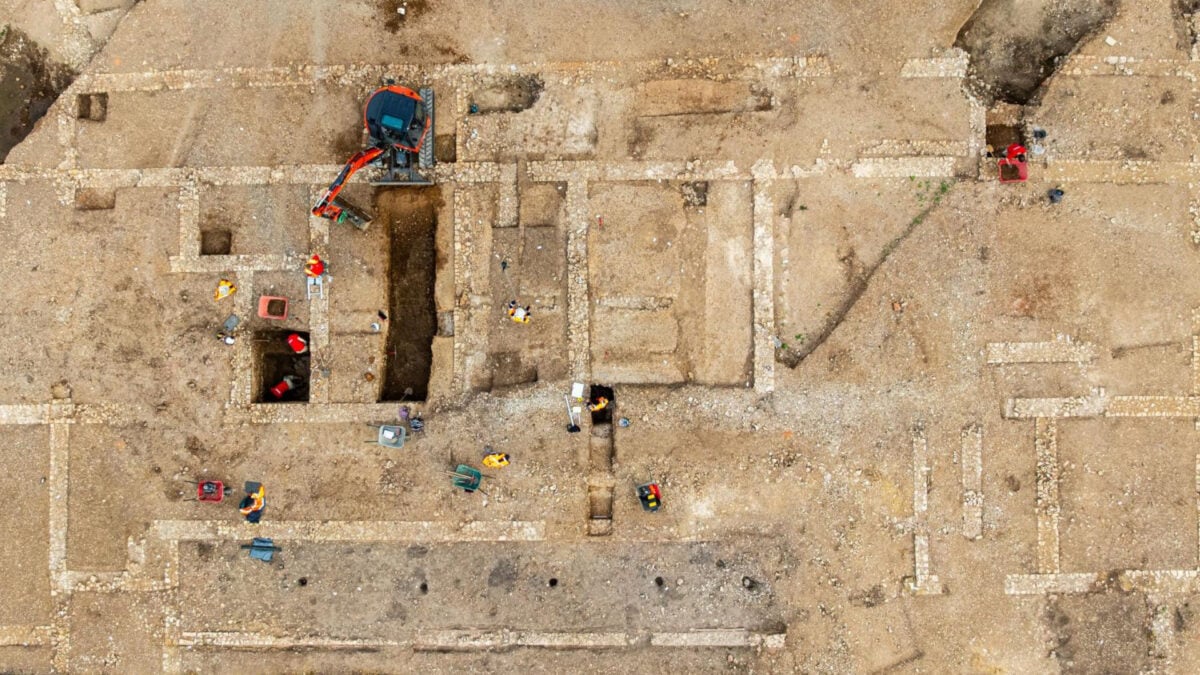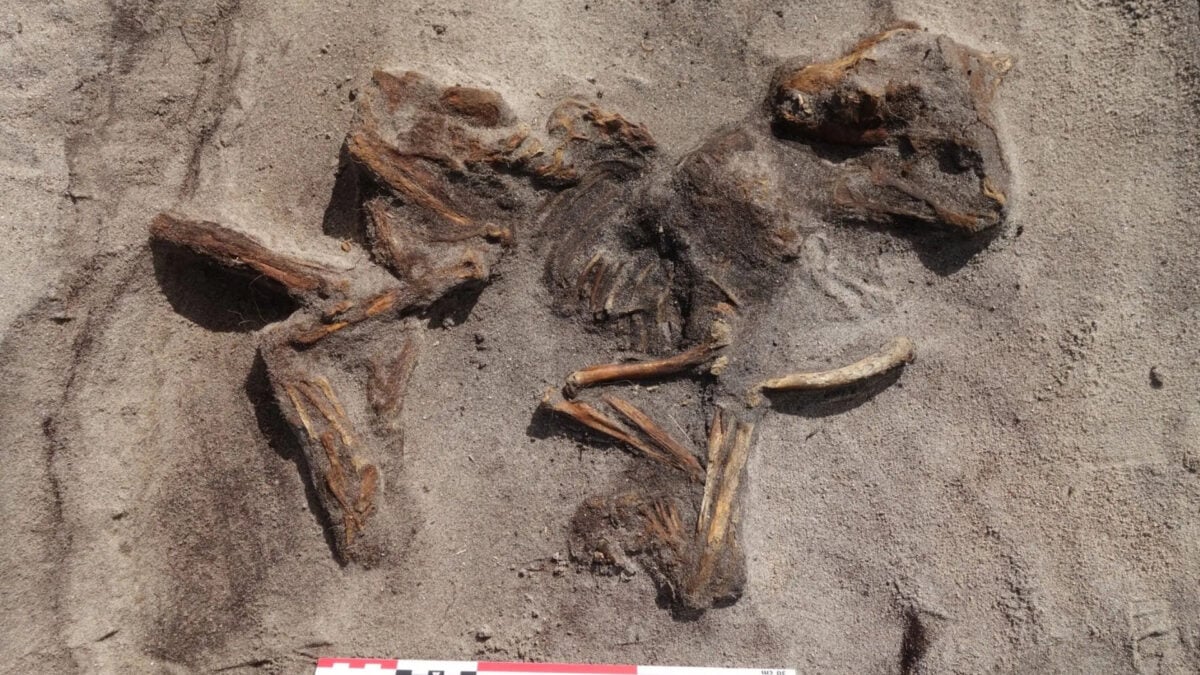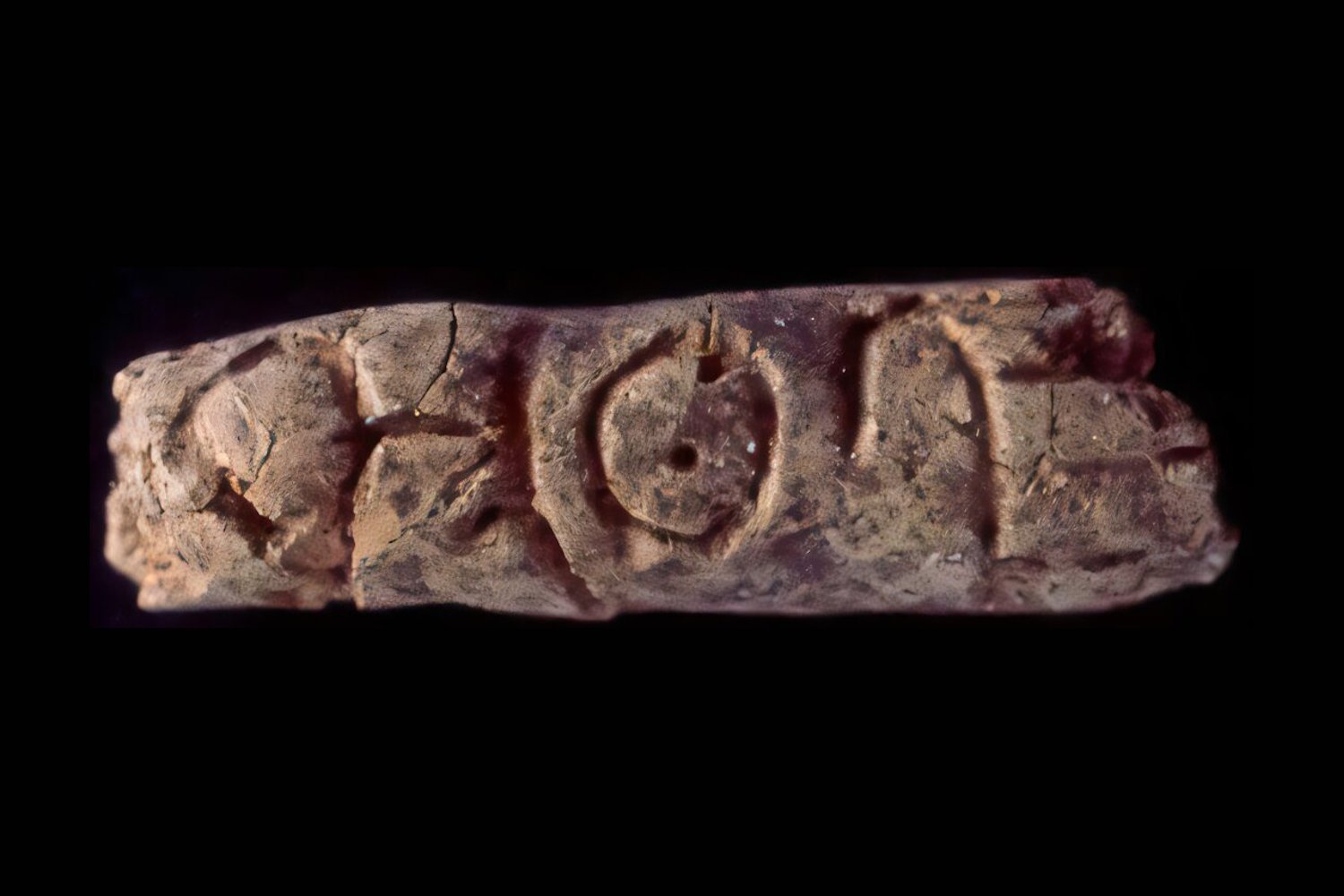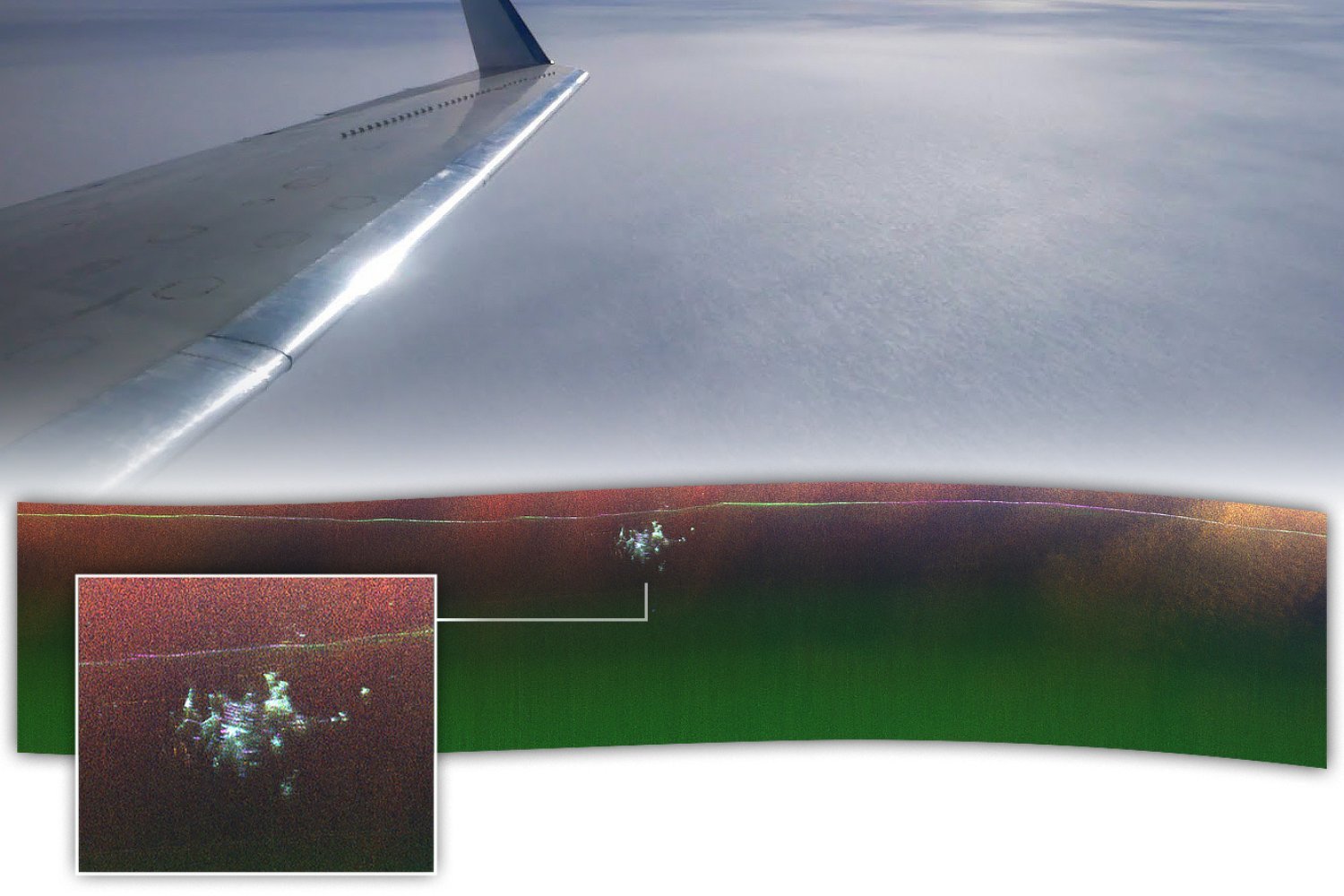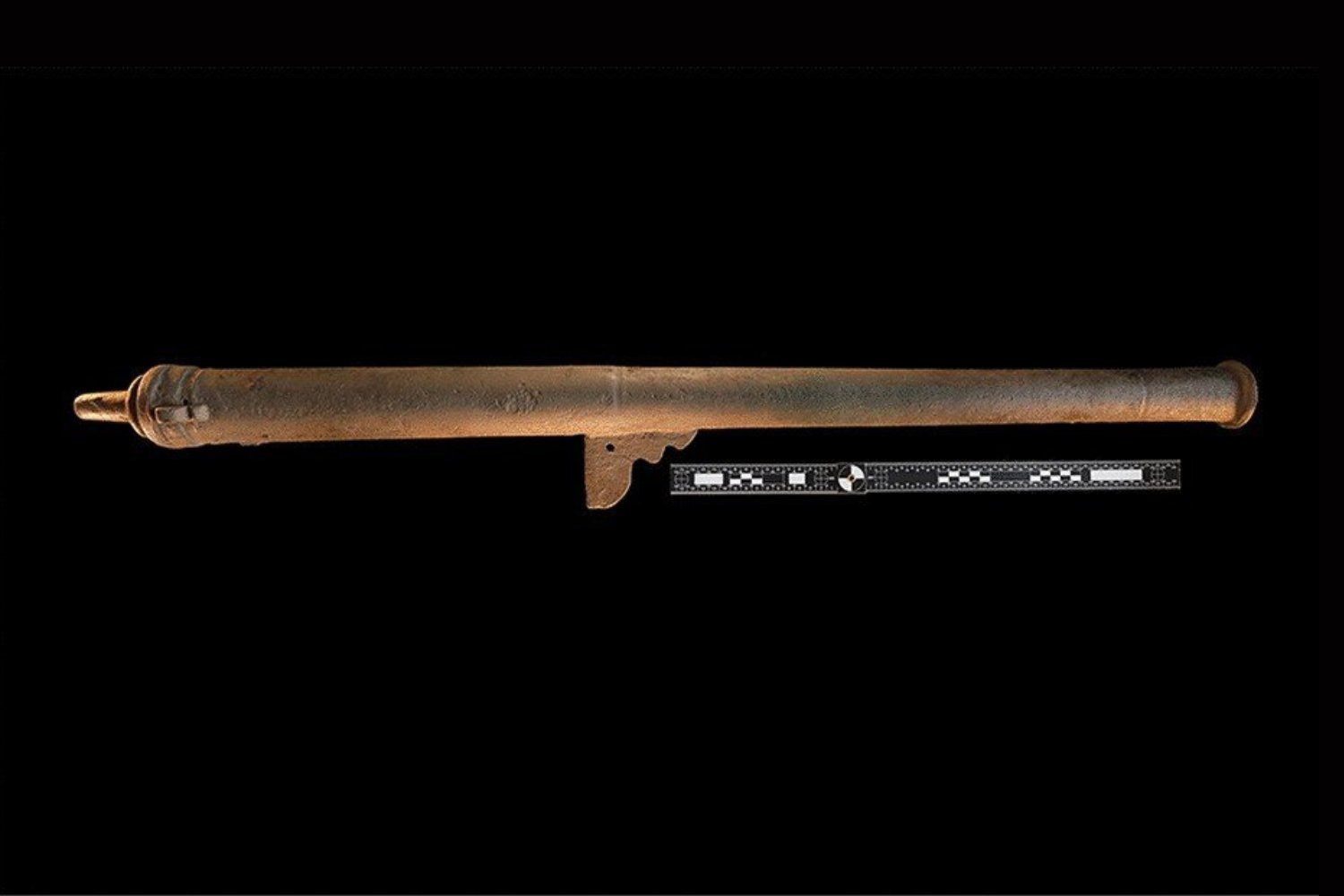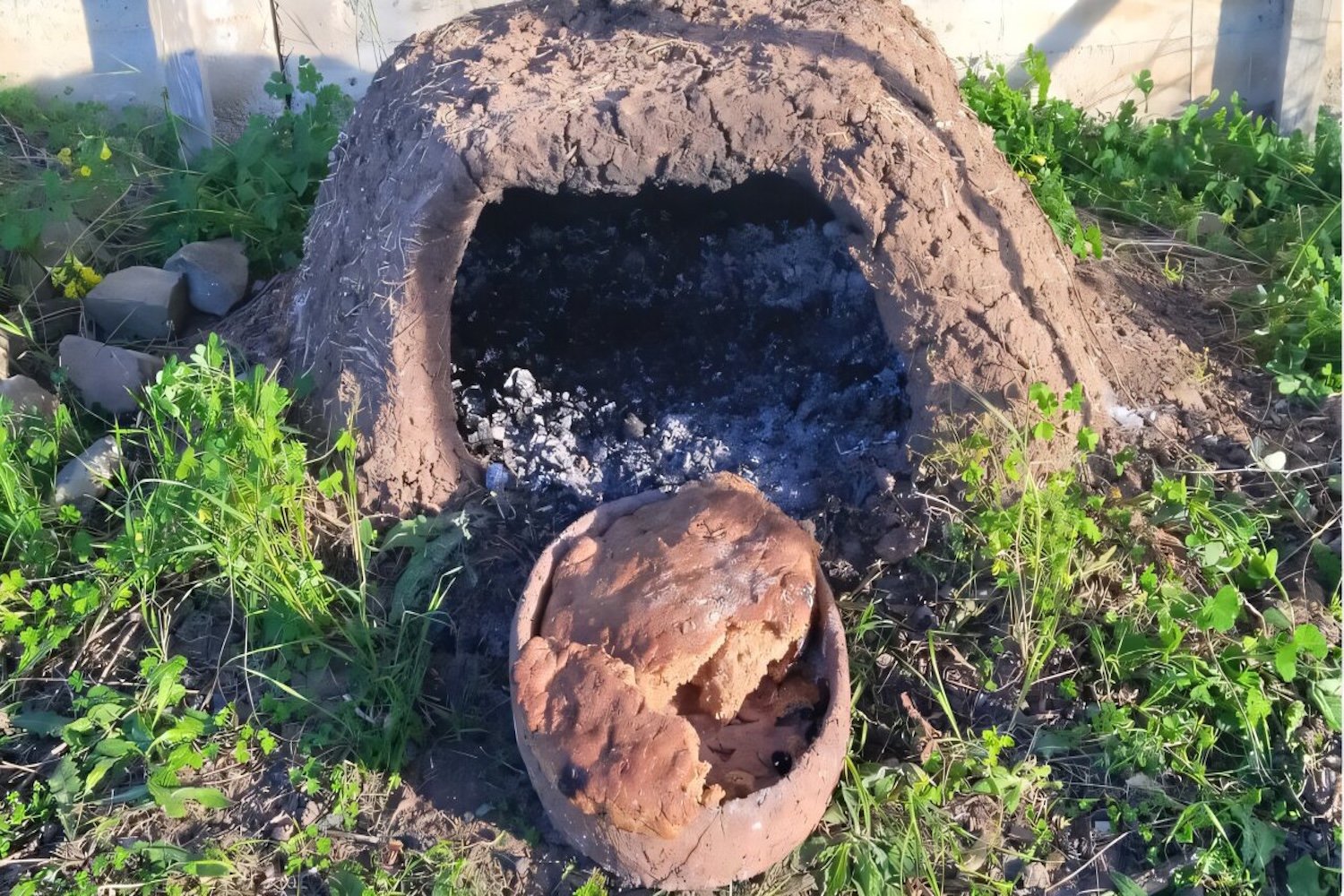The mastery of fire, a pivotal moment in human prehistory occurring hundreds of thousands, if not over a million, years ago, fundamentally reshaped our ancestors’ development [1]. Yet, the precise catalyst for this crucial innovation remains a hotly debated topic among scholars. A compelling new hypothesis suggests that the initial drive for controlling fire wasn’t primarily for warmth or cooking, but for something more fundamental to survival: preserving and protecting precious food resources, particularly large animal meat.
A New Theory: Fire for Prehistoric Food Security
In a recent study published in Frontiers in Nutrition, researchers from Tel Aviv University propose that early humans embraced fire to safeguard their hunted meat from scavengers and, critically, to extend its usability through smoking and drying [2]. This idea of “prehistoric speck” [3] offers a novel perspective on the origins of human fire use. The scientists posit this as the first hypothesis of its kind, aligning with their broader theory that the consumption of large animals, and subsequently smaller ones as megafauna disappeared, was a primary driver of significant prehistoric advancements.
Co-author Ran Barkai highlighted the ongoing debate: “The origins of fire use is a ‘burning’ topic among prehistory researchers… It is generally agreed that by 400,000 years ago, fire use was common in domestic contexts—most likely for roasting meat, and perhaps also for lighting and heating” [4]. He added, “However there is controversy regarding the preceding million years… In this study, we sought to explore a new perspective on the issue.” [4]
Archaeological Clues from Ancient Sites
Prior to approximately 400,000 years ago, early hominins like Homo erectus are thought to have used fire only sporadically, for specific purposes in particular locations, as co-author Miki Ben-Dor explained [4]. The considerable effort required to start and maintain a fire necessitated a strong, energy-efficient motivation.
To uncover this motive, Barkai and Ben-Dor analyzed existing research on nine known prehistoric sites, dated between 1.8 million and 800,000 years ago, that showed evidence of fire. Their findings were consistent: all nine locations were characterized by an abundance of large animal remains, including elephants, hippopotamuses, and rhinoceroses. This evidence forms a cornerstone of their argument for the primary role of fire in meat management. [internal_links]
The “Meat Bank” Imperative: Protecting and Preserving a Vital Resource
Large animals were a critical component of early human diets, offering a substantial caloric return. “The meat and fat of a single elephant, for example, contain millions of calories, enough to feed a group of 20–30 people for a month or more,” stated Ben-Dor [4]. Such a significant kill represented a “meat and fat ‘bank’” that required diligent protection from both animal competitors and bacterial spoilage.
The researchers’ analysis, factoring in the energetic benefits of preserving large game and observations from contemporary hunter-gatherer societies, led them to conclude that the primary impetus for fire control was twofold: to deter animals from their food stores and to smoke and dry the meat for long-term preservation. Barkai suggested that once fire was established for these purposes, cooking meat could have become a secondary benefit at “zero marginal energetic cost” [4]. This implies that the practice of smoking and drying meat with fire predated its widespread use for cooking.
Fire’s Role in a Broader Dietary Evolution
This hypothesis about the origin of human fire use supports a larger theoretical framework developed by the Tel Aviv University team, which posits that major shifts in prehistoric human behavior and development were often responses to changes in diet. Initially, this involved the hunting of megafauna. As these large animal populations declined, early humans adapted by shifting their focus to smaller game, a transition that would have presented new challenges and opportunities, further shaping technological and social development.
While it’s established that ancient humans, such as Ötzi the Iceman and early Native American populations, were curing and smoking meats thousands of years ago, this new theory pushes the advent of such preservation techniques back by hundreds of thousands of years. It situates the development of meat preservation not just as a culinary technique, but as a key driver behind one of the most significant technological leaps in human history.
Conclusion: Reframing Fire’s Earliest Purpose
The new research from Tel Aviv University offers a compelling argument that the initial adoption of fire by early humans was driven by the critical need to protect and preserve large quantities of meat. This “food-first” hypothesis suggests that smoking and drying meat were primary uses, with cooking, warmth, and light emerging as subsequent benefits. If correct, this significantly predates previously understood timelines for sophisticated food preservation and underscores the profound impact of dietary needs on human ingenuity and technological advancement. Understanding the true origin of human fire use continues to illuminate the complex path of our ancestors.
References
- Gowlett, J. A. J. (2016). The discovery of fire by humans: a long and convoluted process. Philosophical Transactions of the Royal Society B: Biological Sciences, 371(1696), 20150164. https://royalsocietypublishing.org/doi/10.1098/rstb.2015.0164
- Ben-Dor, M., & Barkai, R. (2024). The evolution of the human trophic level during the Pleistocene. Frontiers in Nutrition, 11, 1585182. https://www.frontiersin.org/journals/nutrition/articles/10.3389/fnut.2025.1585182/full (Note: The original link points to an article with a different title, this reference uses the study link provided in the prompt but the actual publication has a broader title. The prompt’s linked study details the fire hypothesis within this broader context or is a more specific paper that might have been pre-print/early view).
- Wikipedia. Speck. https://en.wikipedia.org/wiki/Speck
- Canadian Friends of Tel Aviv University. (2024). Stone Age BBQ: How Early Humans Preserved Meat With Fire. https://cftau.ca/stone-age-bbq-how-early-humans-preserved-meat-with-fire/




